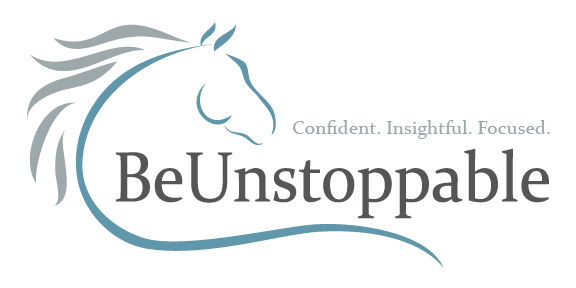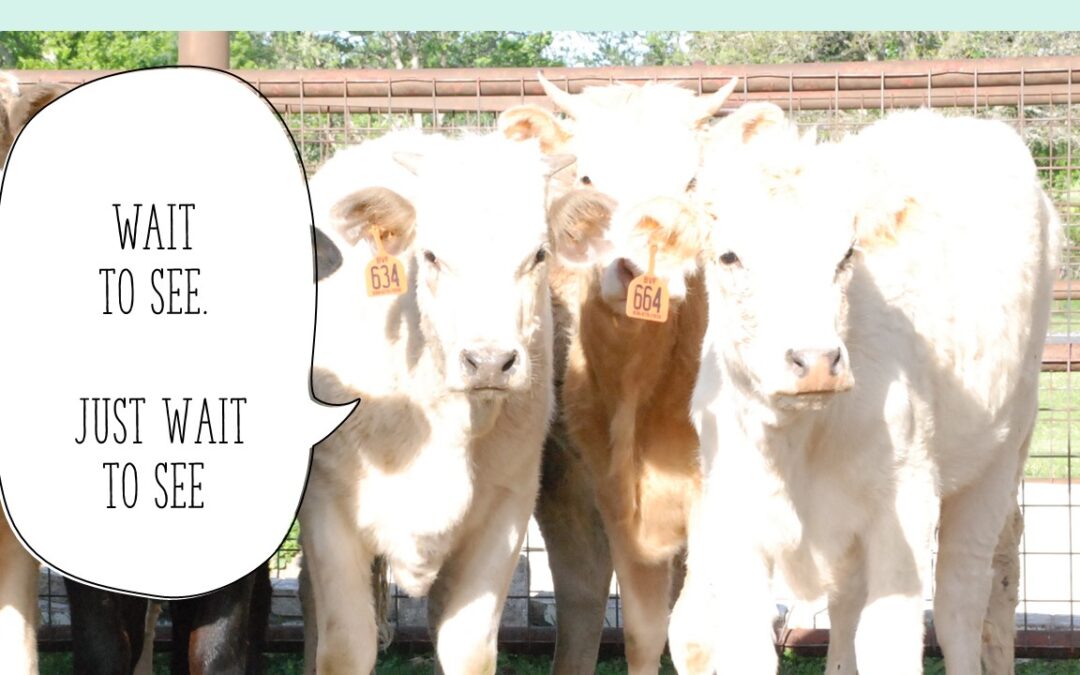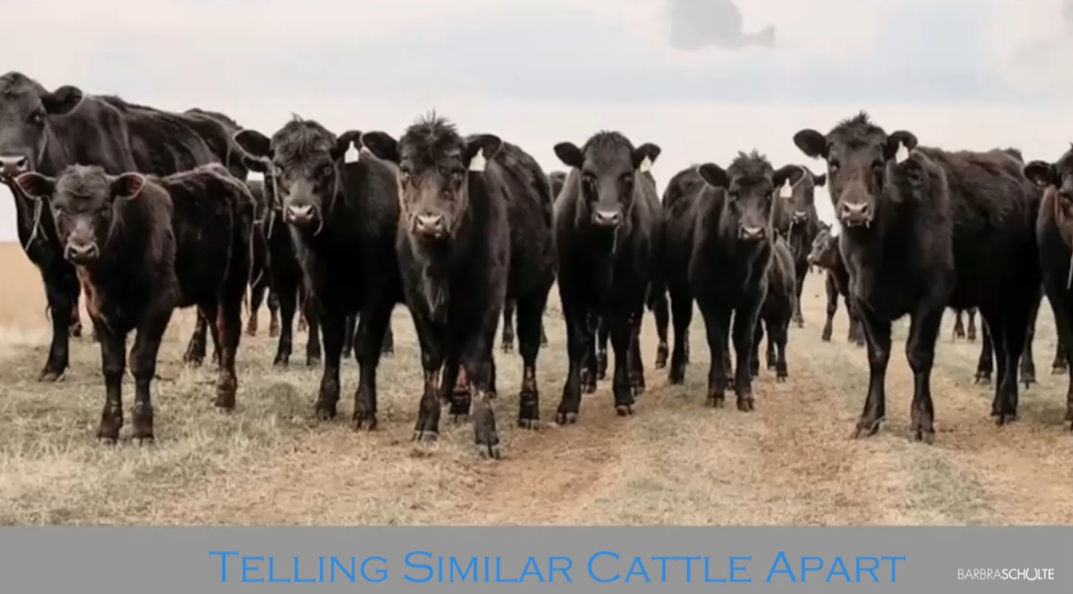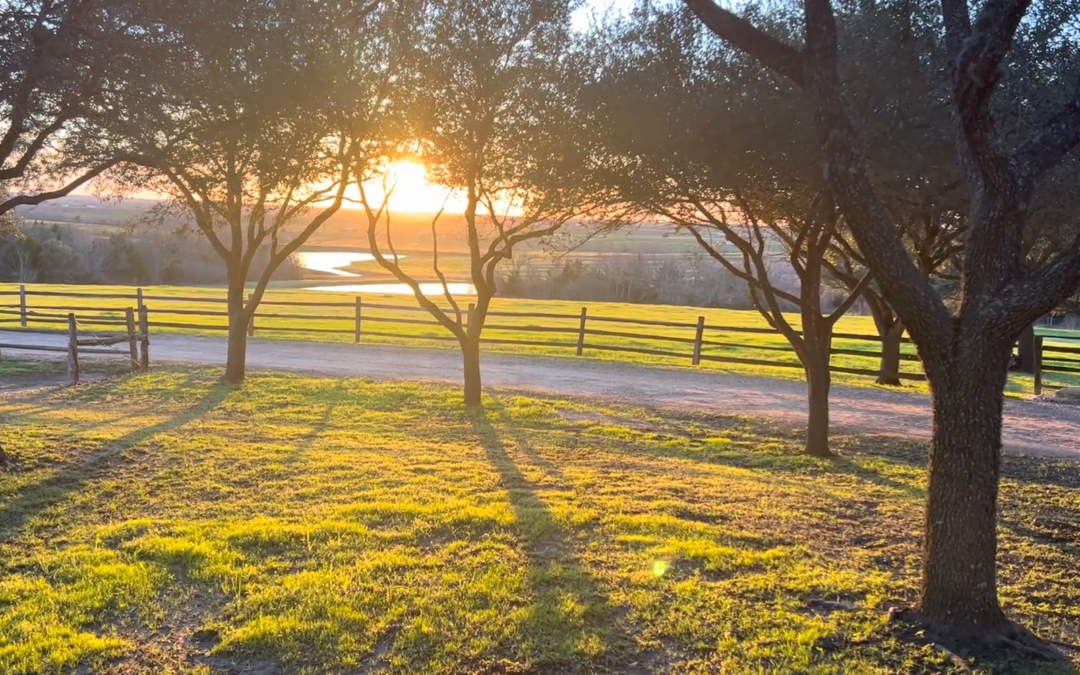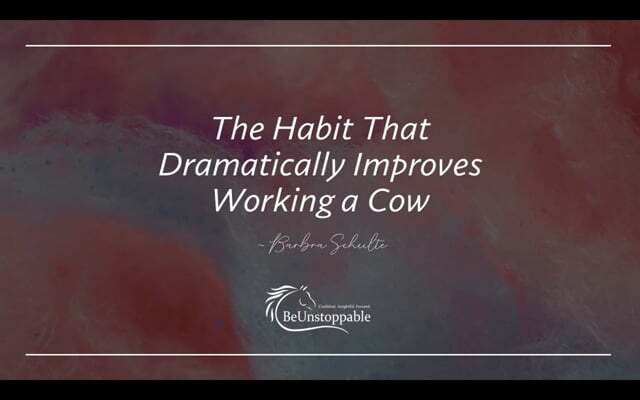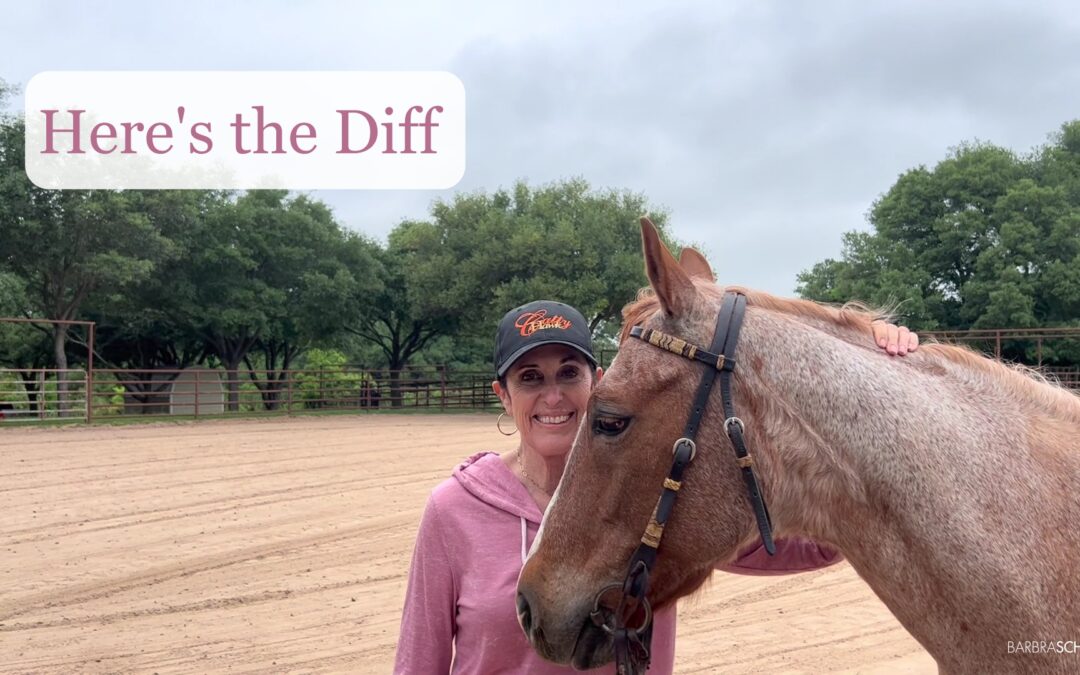
Here’s the Diff
What I’m about to tell you is the same for riders across the board; actually, it’s the same for humans across the board, but I’m going to give you an example from the cutting world.
The National Cutting Horse Association just wrapped up its 2nd largest show of the year. It’s one of the biggies, so there’s always a lot of excitement around it.
That’s what this video is all about.
VIDEO TRANSCRIPT:
What I want to share is a pattern I see over and over again that people who excel do.
- They take nothing for granted. No matter how accomplished they are, they don’t think, “Oh, I’ve got it now, so no need to go the extra mile.”No, they go two extra miles instead – every time!
- They mentally rehearse the technical skills, mindsets, and physical presentation strategies to prepare for their horse and upcoming ride. They visualize, plan a script, etc.
- As they do this mental rehearsal and planning, they fully notice and acknowledge what they feel confident about and own it. These are their strengths, and they know the incredible power of constantly building on them.
- Instead of feeling anxious about the less developed skills of their horse or themselves, or things they feel uncertain about, they think about how they will navigate them if those areas arise. They also physically practice them, of course, but having a game plan in their mind for these spots of uneasiness reverses the anxiety train. Now they know what to do if need be, and they slow down in that part of their ride to do their job – physically and mentally.
So there you go, four things you too can do – for a lifetime – to keep you grounded, building on your strengths, navigating lesser known areas, learning, and having a plan for your rides.
What do you think about these four areas? Please feel free to leave a comment for me. As always, I love to read them.
